The Lancashire Trail was proposed in 1978 to commemorate the Golden Jubilee Year of the St Helens and District CHA and HF Rambling Club, the idea being to establish a long distance footpath route connecting St Helens with the Pennine Way, 70 miles away at Thornton-in-Craven.
Several members of that club put together the route and published a guide book that has subsequently been updated by Brian Smailes.
Whilst Norman has a copy dedicated to him by Brian, his name does not appear in my edition of the booklet, which has been on my shelves since July 1983, when I must have though ‘I fancy doing that, sometime’!
The old guide was fine for this section from St Helens to Abbey Lakes, though when in doubt we did refer to the more recent versions carried by Reg and Norman.
A select group of five gathered at Wigan Station (I arrived several hours early after my last experience with – or more accurately without – the Plodders) for the 9.38 to St Helens, leaving us time for a quick coffee at a hard to find location (it seemed too early for the coffee shops of St Helens to be open) before meeting Don outside the Town Hall.
The ever youthful R Norman (57) set off from the War Memorial, whilst the more infirm of our number chose Queen Victoria’s statue as an appropriate point of departure (see above) on this 70 mile trek that will probably take us many months to complete.
A flower bed glistened in the gloom of the mizzly day.
Almost immediately we were ‘off-road’ as we headed over grassy slopes and across some playing fields before going under Gerard’s Bridge to join the bank of the St Helens Canal (aka the Sankey Canal). Opened in 1757, this was perhaps the first canal of the 'modern era', even pre-dating the Bridgewater Canal by a year or two, though unlike the latter it did follow an existing water course - the River Sankey.
This canal is no longer in use, and is very ‘bitty’ in its route, being short when first constructed, then extended in various directions to nearby collieries, from which it provided transport for the coal. The tow path is still in fine shape.
Himalayan Balsam was hanging on in flower, providing shelter for the pheasants of St Helens town, and I also noticed clovers, yarrow, white dead nettle, thistles, michaelmas daisies (asters), knapweed, (cow?) parsley, bindweed, brambles and lots of ragwort.
On reaching a lock system, one of the first lock staircases in the country, we observed a passing cyclist being thrown off his bike by an unexpected issue of wind. We did what we could to save the errant mountain biker but sadly we were unable to recover the body.
Luckily, the rest of us crossed the weir safely and soon put this experience behind us. “He must have eaten one Jerusalem artichoke too many” observed the ever attentive R Norman.
We seemed to be making little progress towards our destination, but after heading east thus far, this old cobbled path led satisfactorily to the north, towards the fleshpots of Billinge.
The Ship Inn’s name reflected the age-old presence of an inland waterway hereabouts.
There’s a Visitor Centre by the Stanley Bank entrance to Sankey Valley Park, and knowing Reg’s skills in these matters the rest of us salivated on sight of the impressive building (to the right in the picture below), where Reg would undoubtedly have arranged for coffee and cake to be ‘on tap’ for his doddery Plodders.
Luckily for Reg, he’s quite heavy, and the canal was overgrown at this point, so by the time we reached a pond full of mallards the short term memory of his charges left his faux pas unpunished.
There’s quite a bit of bird life around here, with the usual mallards, pigeons, magpies and LBJs being joined by gulls (black headed), coots, pied wagtails, a heron, and a great crested grebe that was fishing with success.
We passed under the A580 (a sensation familiar to all those who had walked The Salford Trail) and continued up a slope to Carr Mill Dam.
Norman explained that the engineering bricks used to build the railway viaduct would never crumble, recalling his days as a youthful plumber before the time of electric drills. “It could take hours to chip your way through a single brick” he asserted, casting his mind back to what must have been one of the commonest plumbing jobs of his youth – the installation of indoor toilets in houses with outdoor privies. Remember them?
We wandered slowly around the reservoir and lunched at a conveniently placed triangular table. Brownies and shortbread both went down well.
The mizzle had eased, so we continued merrily on towards Billinge, past a fine stone sign to 'The Goyt' (stream) - there are plenty near here.
Then it was up Carr Mill Old Road, past Otterswift Farm, where we saw neither otters nor swifts (what a surprise!).
There was something about Norman today that seemed to attract the attention of Mr Plod wherever he went, as a result of which we were tailed by police cars all the way through Billinge.
"Hang on whilst I nip in for a couple of pints and try to throw off my tail" announced the dodgy one, diving into the Brown Cow.
Then we headed on in thickening mizzle up to today's high point - Billinge Hill (179 metres).
It was time to mop up those dregs from the flasks, and some brownies of course. "You can see my house from here" observed Norman, ever the optimist. He did look a bit rough though, so perhaps he really is living under a tarp in a ditch below Billinge Hill? Has he been thrown out of the family home? These are all Important Questions, as AS (5) would say.
And what is Don doing behind the Tower?
The onward route to Brownlow jinked in and out of woodland, requiring all of Reg’s navigational skills and rather more than the back of Norman’s hand to bring us across a field to a fine view back to the cloud laden Billinge Tower through a grassy garden with a fine crab apple tree.
Beyond Brownlow the rain thickened and the bog deepened. It was a day for boots, not trainers.
A minor navigational error led to a brick works. Apparently it has only recently fallen into disrepair. I wonder what will happen to the land.
The path then went straight through a field of vegetables that we suspect will be used as animal feed, despite some of the broccoli heads being very succulent and certainly better than some of the supermarket stuff. There are also lots of freshly planted crops appearing from the rich Lancashire soil hereabouts just now.
Between Far Moor and Up Holland, a Wigan to Liverpool railway line uses a well ventilated tunnel, so the railway proved no obstacle to our progress, nor did the M58 motorway, which we found a way underneath, to access the ancient village of Up Holland, which has some posh new houses with views (not today) of Winter Hill.
St Thomas the Martyr Parish Church is over 700 years old, and the village is mentioned in the Domesday Book, apparently – I haven’t checked.
Next door to the church is, of course, The Conservative Club.
And across the road ... the Labour Club White Lion… Norman's inside, the rest of us soon followed.
Later, a bus came and took us back to Wigan. Very little money changed hands.
Here’s our route – 16km, 250 metres ascent, 4.5 hours at a very leisurely pace.
Altogether an excellent day out despite the mizzle.
There’s a slideshow here.
Thanks for your company, everyone, and apologies for any poetic licence (did you spot it?), and for any other mistakes.
Reg has also written a report on this walk, quite different to mine except in that R Norman is again exposed as a … victim? It’s on this web page.
Part 2 will start from Abbey Lakes (via a bus from Wigan) on Wednesday 9 November at 10,30am. It’s an 11 mile section to Coppull, from where a bus back to Wigan is easy.

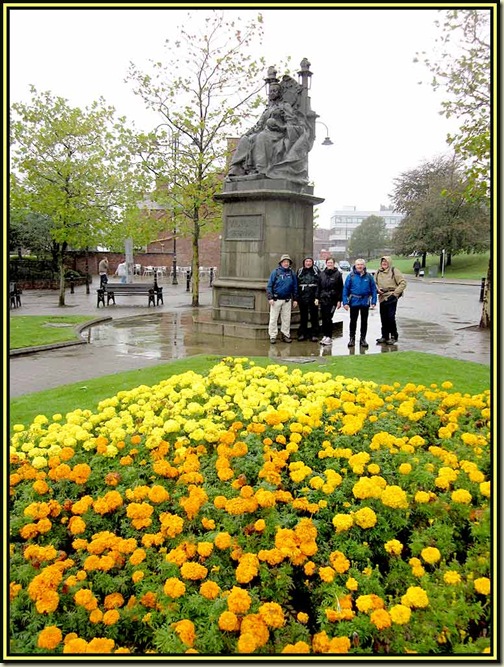
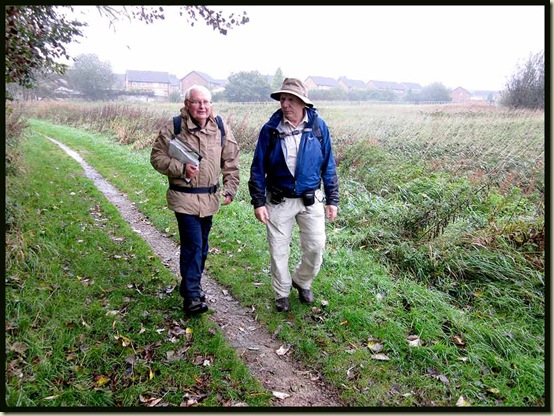
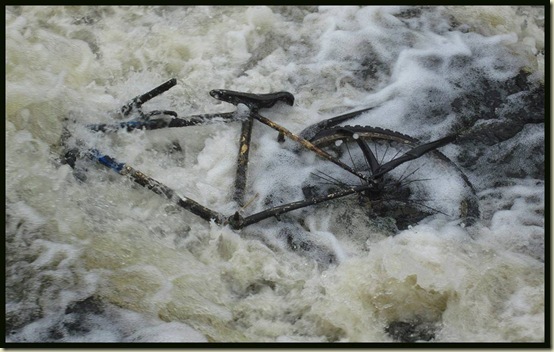
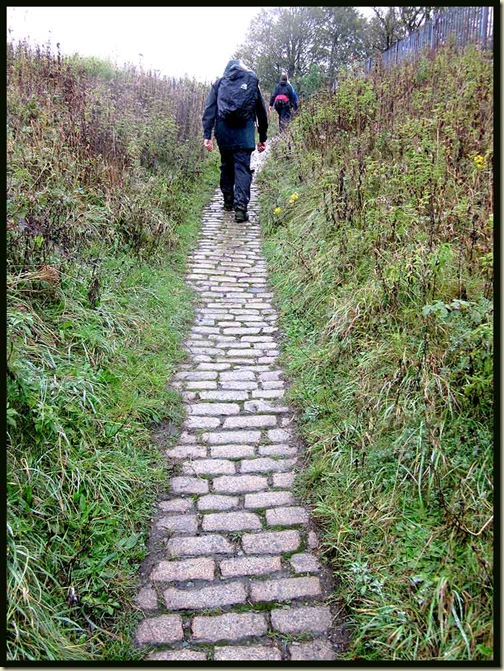
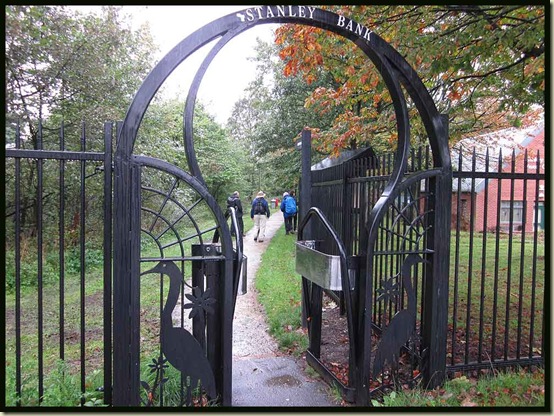
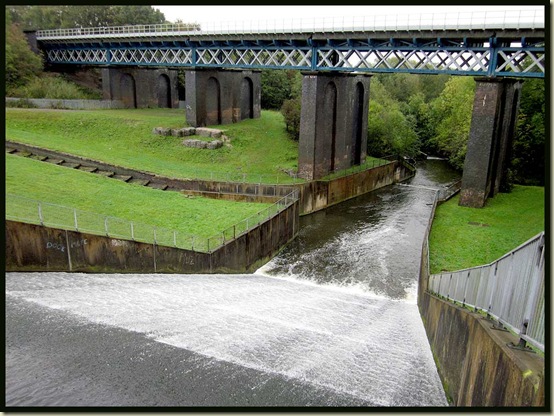
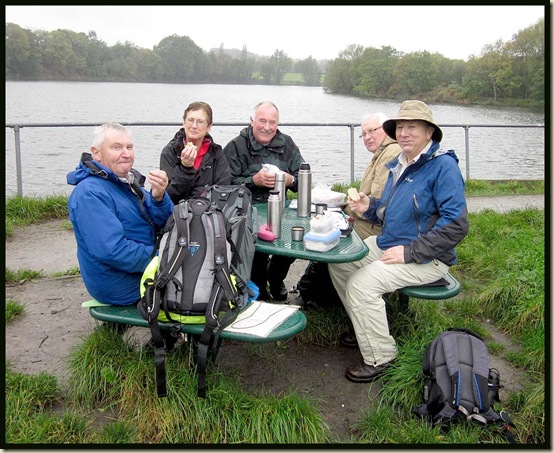
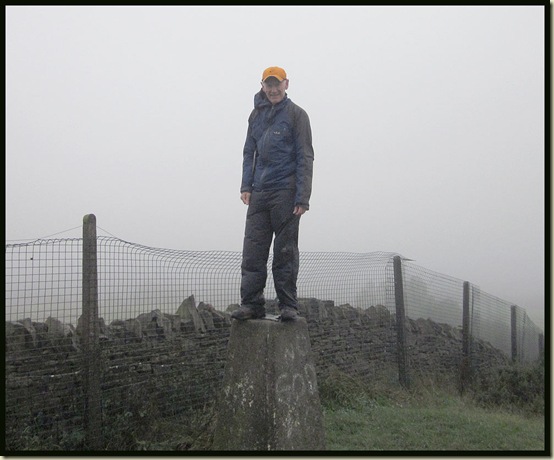
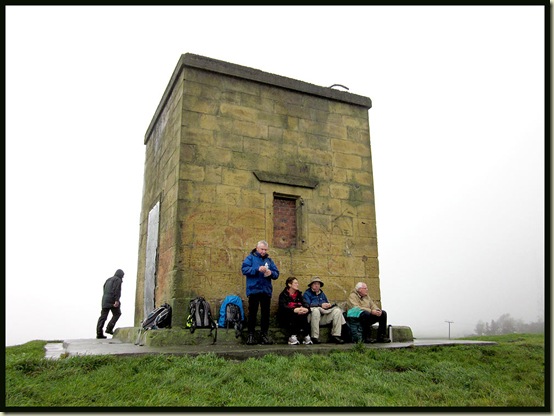

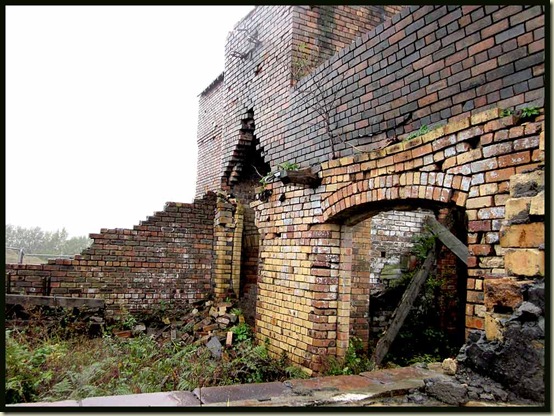
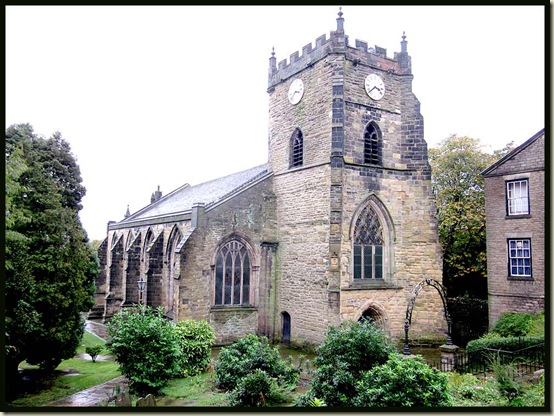

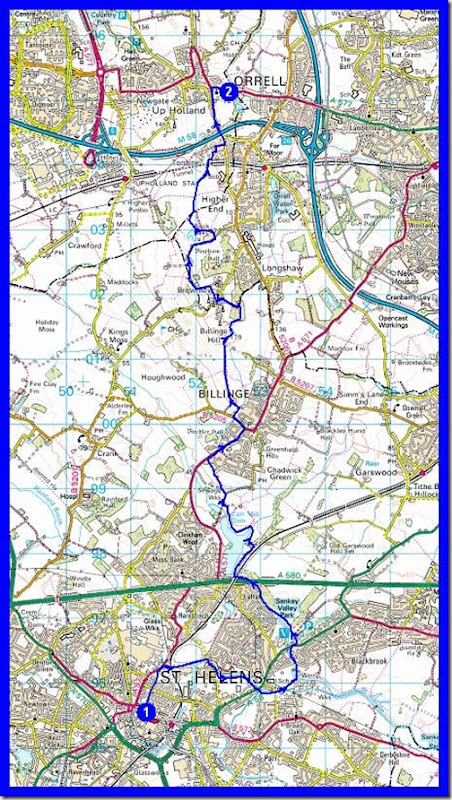
No comments:
Post a Comment